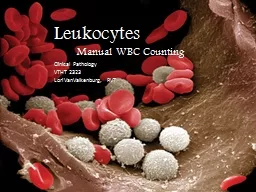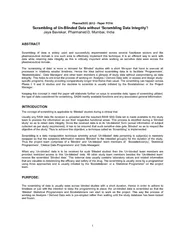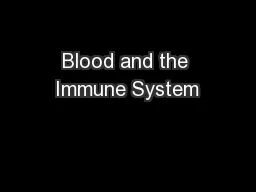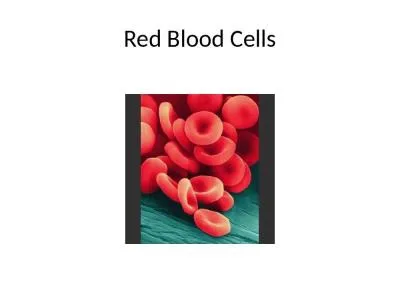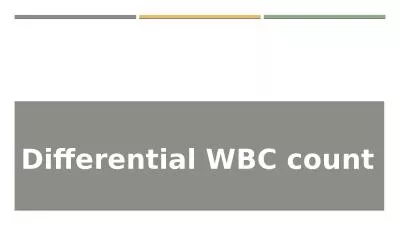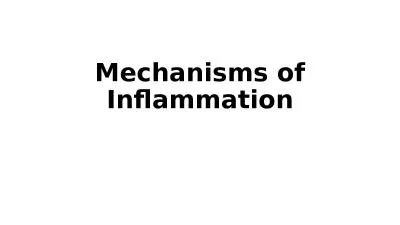PPT-Leukocytes Manual WBC Counting
Author : aaron | Published Date : 2020-04-02
Clinical Pathology VTHT 2323 Lori VanValkenburg RVT White Blood Cell Evaluation Total White Blood Cell Count is the total number of leukocytes in a volume of
Presentation Embed Code
Download Presentation
Download Presentation The PPT/PDF document " Leukocytes Manual WBC Counting" is the property of its rightful owner. Permission is granted to download and print the materials on this website for personal, non-commercial use only, and to display it on your personal computer provided you do not modify the materials and that you retain all copyright notices contained in the materials. By downloading content from our website, you accept the terms of this agreement.
Leukocytes Manual WBC Counting: Transcript
Download Rules Of Document
" Leukocytes Manual WBC Counting"The content belongs to its owner. You may download and print it for personal use, without modification, and keep all copyright notices. By downloading, you agree to these terms.
Related Documents

